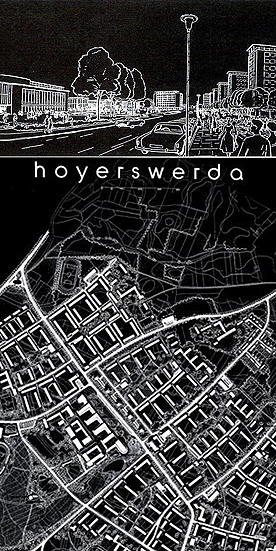
What can be understood from the multitude of diverse conclusions about a socialist city? A monumental architectural symbol of state socialism, a living space determined by functional requirements, a bourgeois promise of happiness, or from the perspective of social science, a production space for the new socialist man?
From the perspective of history and political science, the objective of the thesis is to contribute to the development of a greater systematically comparative and methodical grasp of the term ‘socialist city’. An essential aspect of this is a new research design in which the focal terms ‘city’ and ‘urbanism’ function in a multi-faceted understanding of analysis and a differentiation of the levels of analysis of ideal, realisation and transformation are determined.
The focus of the research project provides a case study of Hoyerswerda, a case that has thus far received minimal attention within the field of historical urban studies. The analysis will cover the period 1955 to 1990, from the beginning to the end of the city’s construction, and deal with the genesis and transformation of a specifically socialist city and its characteristics of urbanism, including legal and administrative, functional and spatial, socio-spatial as well as the normative political features of this second socialist town of the GDR. The results are discussed firstly in relation to the visionary intentions of socialist urban utopias from both before modern times and in the modern period, and secondly against the backdrop of the changing societal values in the GDR.
This project collaborates with the Leibniz Institute for Research on Society and Space Erkner.
Researcher: Felix Richter
Picture Collage Felix Richter, from: special supplement to DA 1/1957, p.3 & DA 1/1956, p. 12
